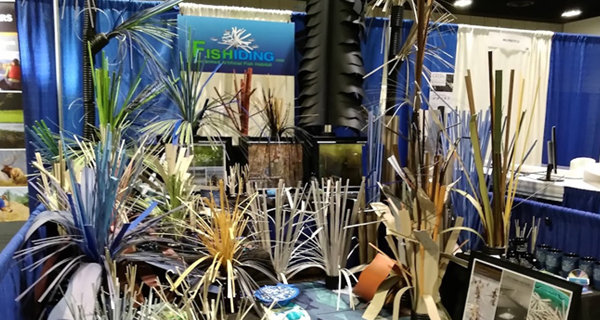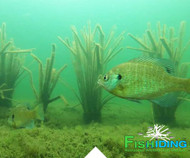The Importance of Fish-Hiding Structures in Aquatic Environments
Posted by Admin on 2nd Mar 2023
Fish-hiding structures are essential to any aquatic environment, from small ponds to large lakes and rivers. These structures provide fish a place to hide, rest, and seek shelter from predators.
The importance of fish structures cannot be overstated, as they play a critical role in maintaining healthy fish populations and improving the ecological balance of aquatic environments. Keep reading to know more!
What Are Fish Hiding Structures?
Fish hiding structures provide a place for fish to take refuge and hide from predators. These shelters can be natural or artificial, with examples ranging from submerged logs or vegetation in a river to artificial structures like fish habitats or underwater structures. These constructions can be important in fostering healthy aquatic ecosystems by providing fish with necessary safety and shelter.
Benefits of Fish-Hiding Structures
Fish hiding structures can positively influence the aquatic environment, including protecting from predators, increasing survival, and promoting growth and reproduction. Additionally, fish habitats are recognized to attract additional species, resulting in a higher fish population in the ecosystem.
Providing a safe refuge has numerous benefits that bolster the area's fisheries; fish are drawn to these structures for shelter, resulting in heightened presence throughout the environment. By providing an ideal habitat for resting and relative safety from predators, creating more hiding spots allows for an increased population density of local species.
Factors to Consider When Installing Fish-Hiding Structures
Several factors must be considered when installing fish-hiding structures to ensure the systems are effective and provide maximum benefits for fish and aquatic environments. Water depth, placement and distribution, material and size, and maintenance are all critical factors when installing fish-hiding structures.
- Water depth is crucial when installing fish hiding structures, as different fish species require different water depths. Placement and distribution of the systems should also be carefully considered to ensure that they are evenly distributed throughout the aquatic environment and placed in areas where fish are likely to congregate.
- The material and size of the structures are also essential considerations when installing fish-hiding structures. The designs should be made of durable materials that can withstand the conditions of the aquatic environment and be of the appropriate size to accommodate the fish species that will be using them.
- Finally, maintenance of the structures is critical to ensure that they remain effective and provide benefits for fish and aquatic environments.
In conclusion, fish-hiding structures are essential to any aquatic environment and play a critical role in maintaining healthy fish populations and improving the ecological balance of marine environments. By providing fish a place to hide, rest, and seek shelter, these structures offer numerous benefits for fish and aquatic environments, including protection from predators, increased survival rate, improved growth and reproduction, and more fish attraction to the area. When installing fish-hiding structures, careful consideration should be given to water depth, placement and distribution, material and size, and maintenance to ensure that the structures are effective and provide maximum benefits for fish and aquatic environments. If you have any further questions feel free to contact us.
815.693.0894



